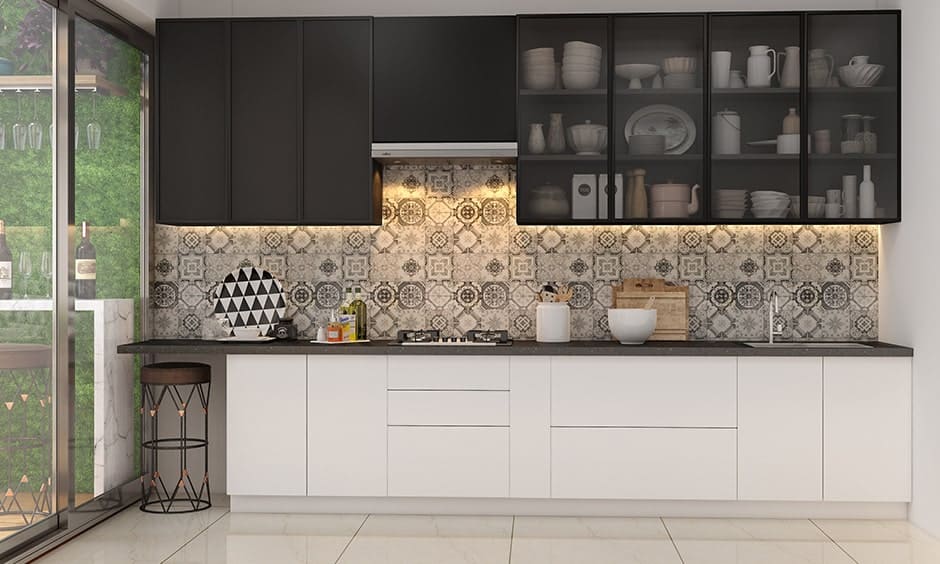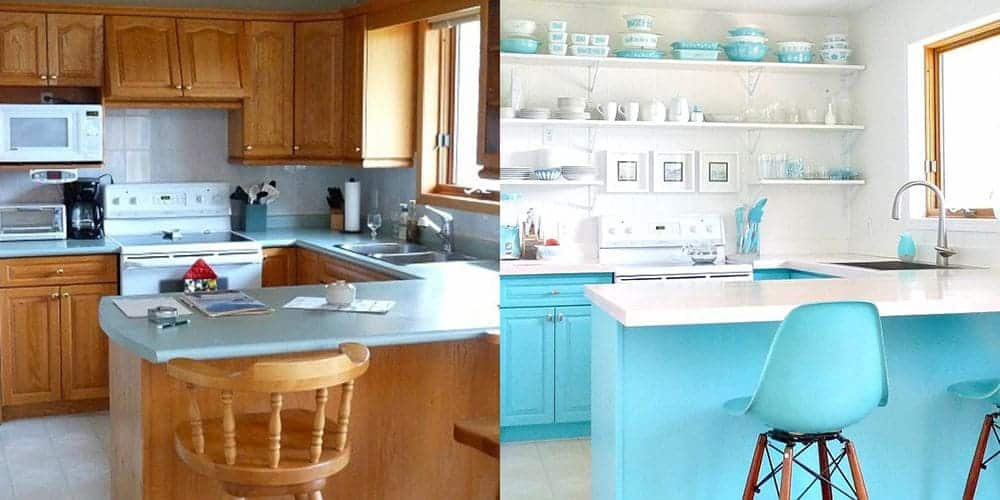Introduction:
The kitchen is the heart of the home, and the cutting board is its unsung hero. However, over time, this faithful companion can show signs of wear and tear, with scratches and chips marring its once pristine surface. Fear not! In this comprehensive guide, we’ll explore the reasons behind these imperfections and provide practical steps to revive your cutting board, restoring it to its former glory.
Understanding the Wear and Tear:
- Scratches:
- Causes: Daily chopping, slicing, and dicing with knives can lead to inevitable scratches.
- Consequences: Not only do scratches affect the board’s aesthetics, but they also create grooves that can harbor bacteria.
- Chips:
- Causes: Impact from heavy knives or accidental drops.
- Consequences: Chips compromise the board’s structural integrity, making it more susceptible to further damage.
Assessment and Safety: Before embarking on the restoration journey, assess the severity of the damage. Determine if the cutting board is salvageable or if it’s time for a replacement. Safety is paramount, especially if there are deep grooves or large chips that could make the board unsafe for food preparation.
Materials Needed:
- Sandpaper (Coarse, Medium, and Fine grits)
- Mineral oil or beeswax
- Wood filler (for deep chips)
- Putty knife
- Clean, damp cloth
- Dish soap
- Soft brush or sponge
Step-by-Step Restoration Process:
1. Cleaning:
- Start by thoroughly cleaning the cutting board with dish soap and a soft brush or sponge.
- Remove any food particles or stains that may have accumulated over time.
2. Sanding:
- Use coarse grit sandpaper to smooth out the scratches and remove any high spots around the chipped areas.
- Gradually move to medium and then fine grits for a smoother finish.
- Sand along the wood grain to prevent additional damage.
3. Addressing Chips:
- For shallow chips, sanding might be sufficient. Deeper chips may require wood filler.
- Apply wood filler with a putty knife, ensuring it fills the chip evenly.
- Once dry, sand the filled area to match the surrounding surface.
4. Conditioning:
- Apply mineral oil or beeswax to the entire cutting board.
- Allow it to soak in for several hours or overnight to restore moisture to the wood.
5. Ongoing Maintenance:
- Regularly oil or wax your cutting board to keep it hydrated and resistant to scratches.
- Avoid exposing it to extreme temperatures or prolonged periods of moisture.
Conclusion:
A scratched and chipped cutting board doesn’t mean the end of its usefulness. With a little time and effort, you can breathe new life into this kitchen essential. By following the steps outlined in this guide, you not only restore the aesthetic appeal of your cutting board but also ensure its longevity and safety. Remember, a well-maintained cutting board is not just a tool; it’s a symbol of the love and care you put into your culinary creations.





